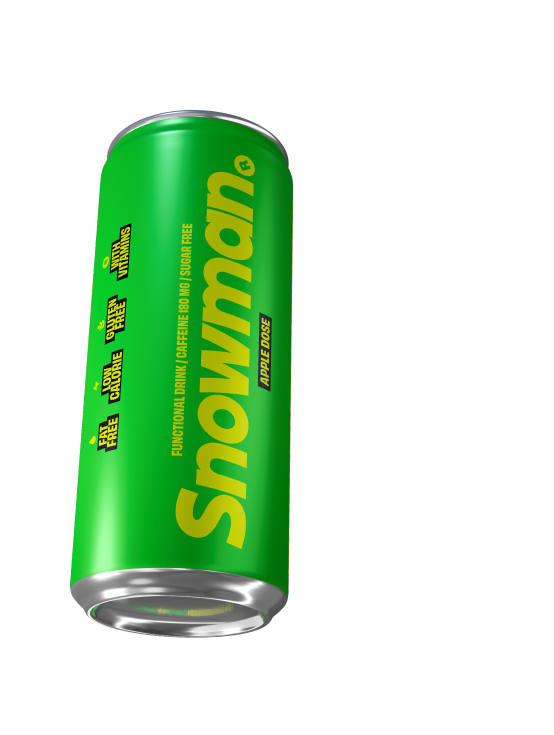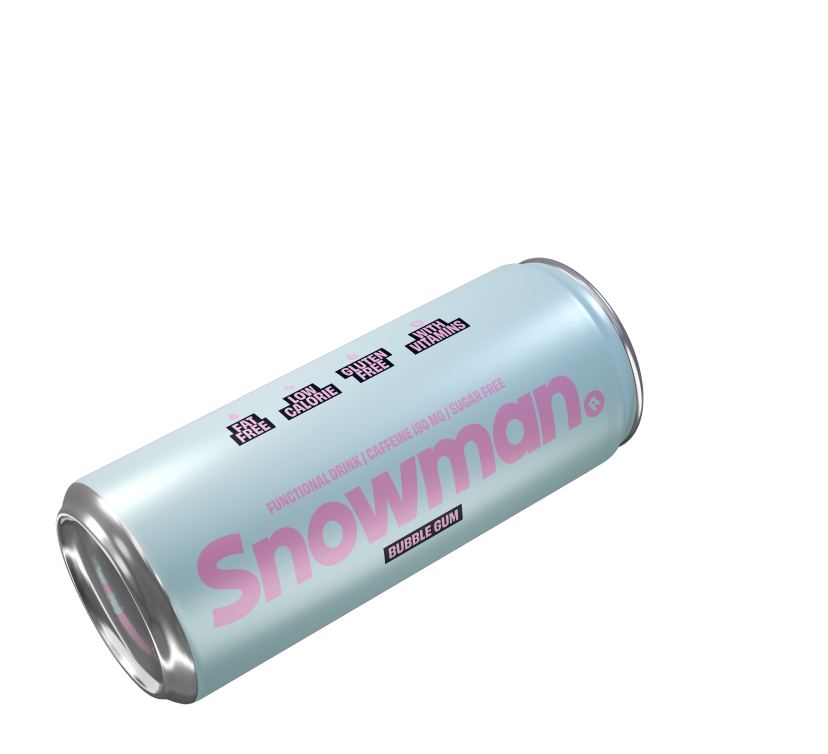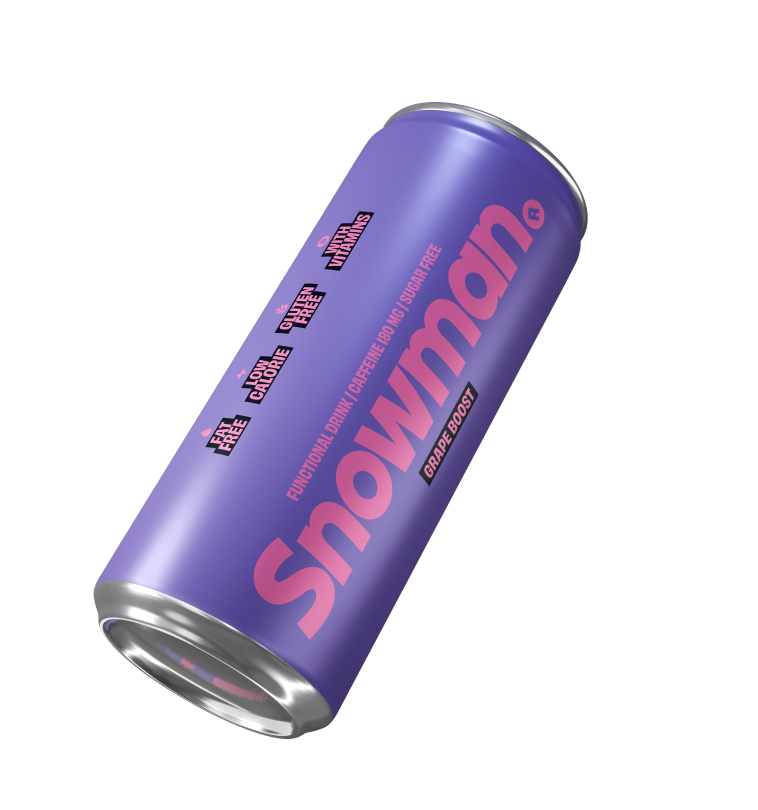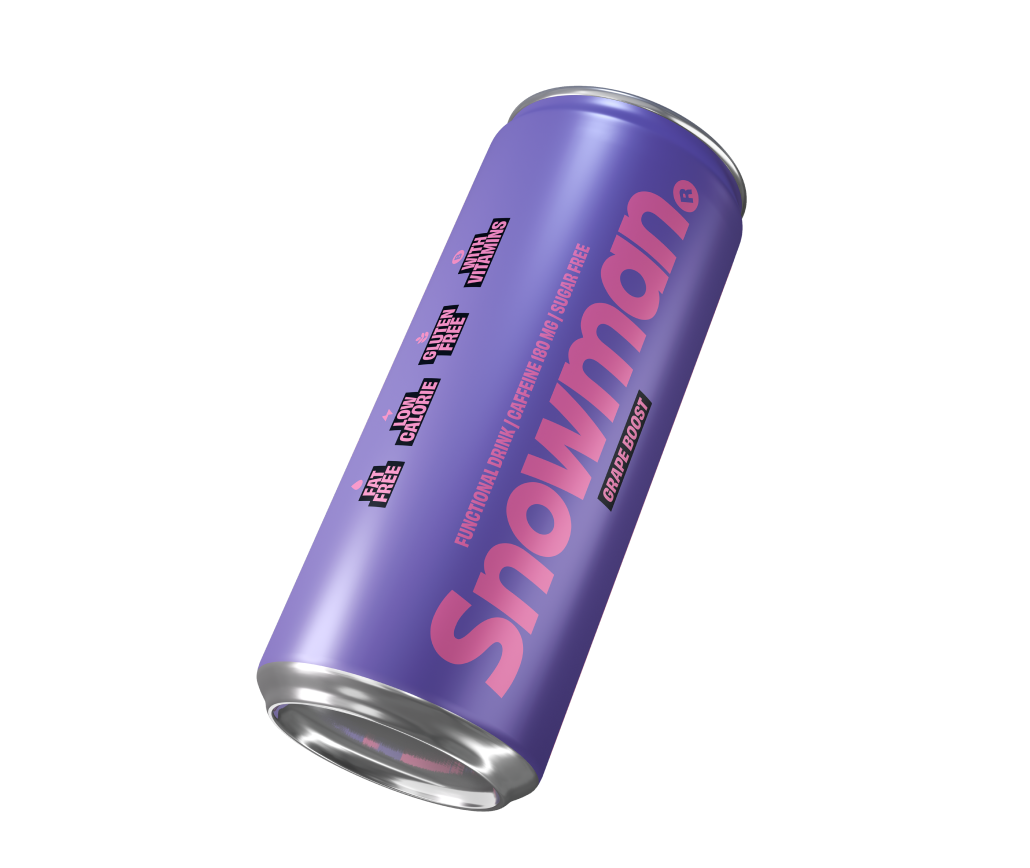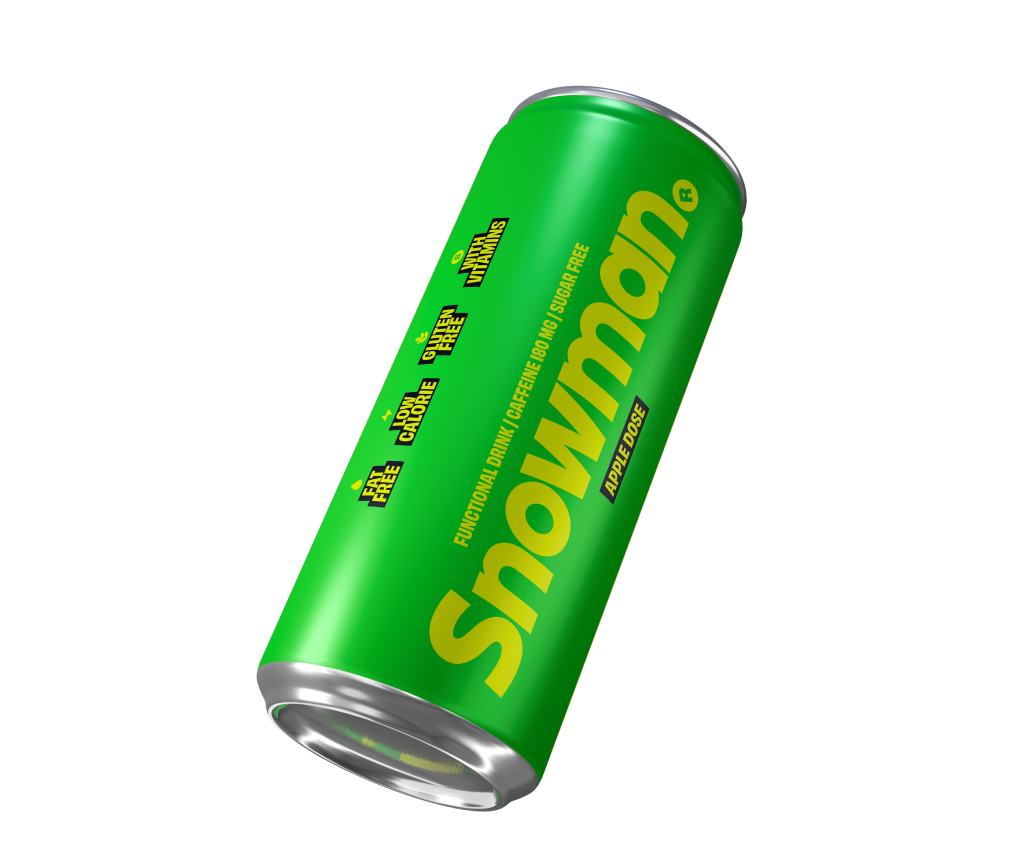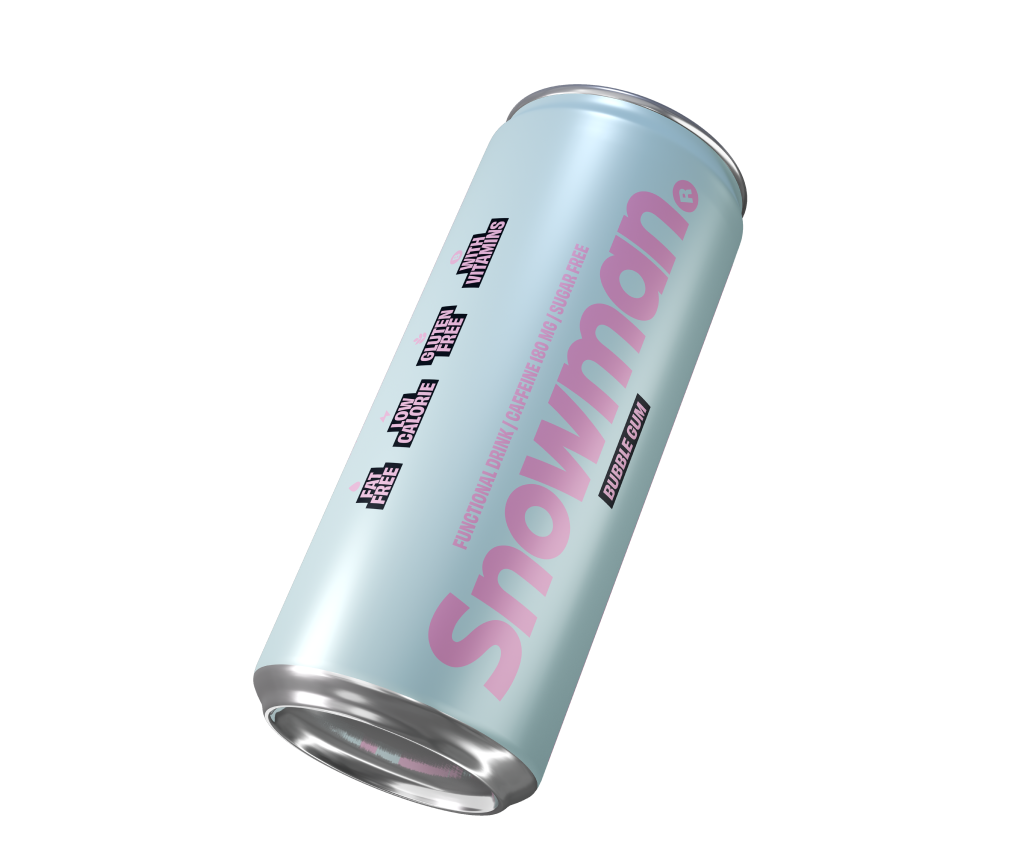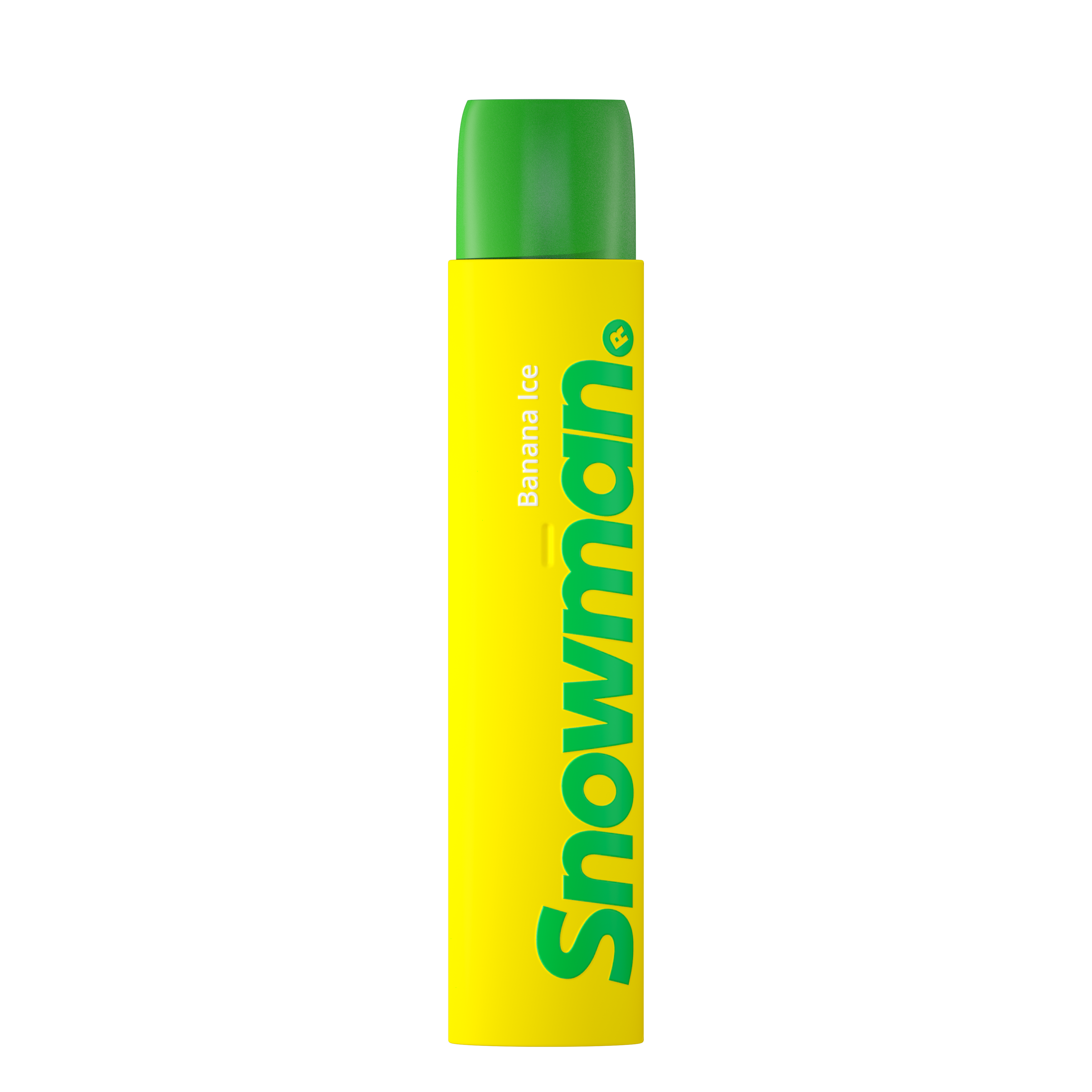
With vaping becoming increasingly mainstream, users are growing more conscious of what they’re inhaling. Just like reading food labels, understanding vape juice ingredients is vital for making informed and healthy choices. From propylene glycol to flavorings, each component plays a specific role in the vaping experience.
Knowing what goes into your vape juice can help you pick the right product, avoid allergic reactions, and stay informed about safety concerns.
What is Vape Juice?
Vape juice, also called e-liquid, e-juice, or vape liquid, is the substance used in vape devices to produce vapor. It’s typically stored in the tank or pod of the device and vaporized when heated by the coil.
The standard vape juice contains:
- Base liquids (PG and VG)
- Nicotine (optional)
- Flavorings
- Additives (in some cases)
Core Components of Vape Juice
Most vape juices consist of four main ingredients:
- Propylene Glycol (PG)
- Vegetable Glycerin (VG)
- Nicotine (optional)
- Flavorings
Each contributes to the overall texture, taste, and sensation of vaping.
Propylene Glycol (PG)
PG is a synthetic organic compound, commonly used in food, cosmetics, and pharmaceuticals.
Role in Vape Juice:
- Acts as a carrier for flavor
- Provides a strong throat hit, similar to smoking
Characteristics:
- Thin consistency
- Low vapor production
- Tasteless and odorless
Is It Safe?
Yes, PG is generally recognized as safe by the FDA when used in foods and drugs. Some users, however, may experience allergies or throat irritation.
Vegetable Glycerin (VG)
VG is a natural, plant-based substance often found in skincare products and food sweeteners.
Role in Vape Juice:
- Produces dense vapor clouds
- Creates a smooth, mild throat hit
Characteristics:
- Thick consistency
- Slightly sweet taste
- Slower absorption in wicks
Balance with PG:
VG and PG are blended in various ratios to tailor the vaping experience. Higher VG = more clouds; Higher PG = more flavor and throat hit.
Nicotine in Vape Juice
Nicotine is an optional but common ingredient in vape juice.
Types:
- Freebase Nicotine: Used in traditional e-liquids, offers a stronger hit.
- Nicotine Salts: Smoother and faster-absorbing, used in pod systems.
Strength Levels:
- Range from 0 mg (nicotine-free) to 50 mg/mL or more
- Common for users to gradually reduce their intake
Concerns:
Nicotine is highly addictive and can impact heart rate and blood pressure, especially in younger users.
Flavorings in Vape Juice
Flavorings give vape juice its wide appeal, mimicking everything from tobacco to desserts.
Types:
- Natural Flavorings: Extracted from real food sources
- Artificial Flavorings: Lab-created for consistency
Popular Categories:
- Fruity (apple, mango)
- Desserts (vanilla custard, caramel)
- Menthol and mint
- Tobacco blends
Safety Concerns:
While many flavorings are food-grade, inhalation safety isn’t always guaranteed. Some contain diacetyl or other compounds linked to lung irritation.
Optional Additives and Enhancers
Some vape juices include extras for enhanced experience:
- Sweeteners: Sucralose or ethyl maltol for added sweetness
- Coolants: Like menthol or WS-23 for a chilling effect
- Coloring Agents: Rare, mostly avoided for safety
These can affect coil longevity and may introduce additional health risks.
The Importance of VG/PG Ratios
The VG/PG ratio influences everything from vapor production to throat sensation.
| VG/PG Ratio | Best For | Characteristics |
|---|---|---|
| 50/50 | Balanced vaping | Equal throat hit and vapor |
| 70/30 (VG/PG) | Cloud chasers | Big clouds, mild hit |
| 30/70 (VG/PG) | Flavor seekers | Strong flavor, firm hit |
| Max VG | Sub-ohm vaping | Ultra-thick clouds |
Choose a ratio based on your device and vaping goals.
How Vape Juice is Made
Reputable vape juice manufacturers follow strict guidelines:
- Ingredient sourcing: Pharmaceutical- or food-grade PG, VG, and nicotine
- Blending and mixing: Accurate measurement in sterile environments
- Steeping: Flavor development process
- Testing and bottling: Ensures purity and consistency
Trusted brands provide lab-tested, contaminant-free products.
DIY Vape Juice: Ingredients to Watch For
Making vape juice at home is possible but comes with risks:
- Measurement errors can lead to high nicotine levels
- Poor hygiene can introduce bacteria or contaminants
- Unknown ingredient quality poses health dangers
DIY should only be attempted with proper knowledge and tools.
Reading Vape Juice Labels
Labels offer a wealth of information—if you know what to look for:
- Nicotine strength: Shown in mg/mL or percentage
- VG/PG ratio: Indicates vapor and throat hit balance
- Flavor profile: List of flavorings (sometimes generalized)
- Warning icons: Age restriction, poison hazard, nicotine warnings
Always read labels to avoid allergic reactions and choose suitable options.
Health Impacts of Vape Juice Ingredients
While vaping eliminates many toxins found in cigarettes, some concerns remain:
- PG and VG are generally safe but may cause dry mouth or throat irritation
- Nicotine is addictive and affects cardiovascular health
- Flavorings can contain compounds that irritate or damage lungs
Current research suggests vaping is less harmful than smoking, but not risk-free.
Ingredient Myths and Misconceptions
Myth: Vape juice contains antifreeze.
Fact: PG is used in antifreeze, but the non-toxic kind; it’s FDA-approved for ingestion.
Myth: All flavorings are dangerous.
Fact: Most are food-grade, but not all are proven safe for inhalation.
Myth: Nicotine causes cancer.
Fact: It’s addictive but not a direct carcinogen. Other tobacco chemicals cause cancer.
Regulations and Industry Standards
In many countries, vape juice ingredients are regulated to ensure consumer safety.
- USA: FDA oversees e-liquid manufacturing under the Tobacco Control Act
- UK/EU: Limits nicotine content to 20 mg/mL, strict labeling and safety requirements
- Australia/Canada: Varying restrictions, often require prescriptions or licensing
Consumers should buy from certified brands and avoid unregulated imports.
FAQs: Vape Juice Ingredients
1. Are all vape juices the same?
No. They vary in ingredients, quality, and nicotine levels.
2. Is it safe to vape flavored e-liquids?
Generally, yes—but avoid unknown or poorly made products.
3. What’s the safest vape juice?
Those with transparent ingredients, reputable lab testing, and no unnecessary additives.
4. Can I be allergic to vape juice?
Yes, especially to PG or certain flavorings.
5. What happens if I vape expired juice?
It may taste off and lose potency. Best to discard.
6. How can I tell if a vape juice is high quality?
Check for lab results, clear labeling, and brand reputation.
Conclusion: Making Safer Choices in Vape Juice
Understanding vape juice ingredients empowers you to vape smarter. By learning what’s in your e-liquid—whether it’s VG, PG, nicotine, or flavoring—you can choose the right products, avoid harmful additives, and prioritize your health.
Choose reputable brands, know your VG/PG preference, and never compromise on ingredient quality. Safe vaping starts with what’s inside the bottle.
